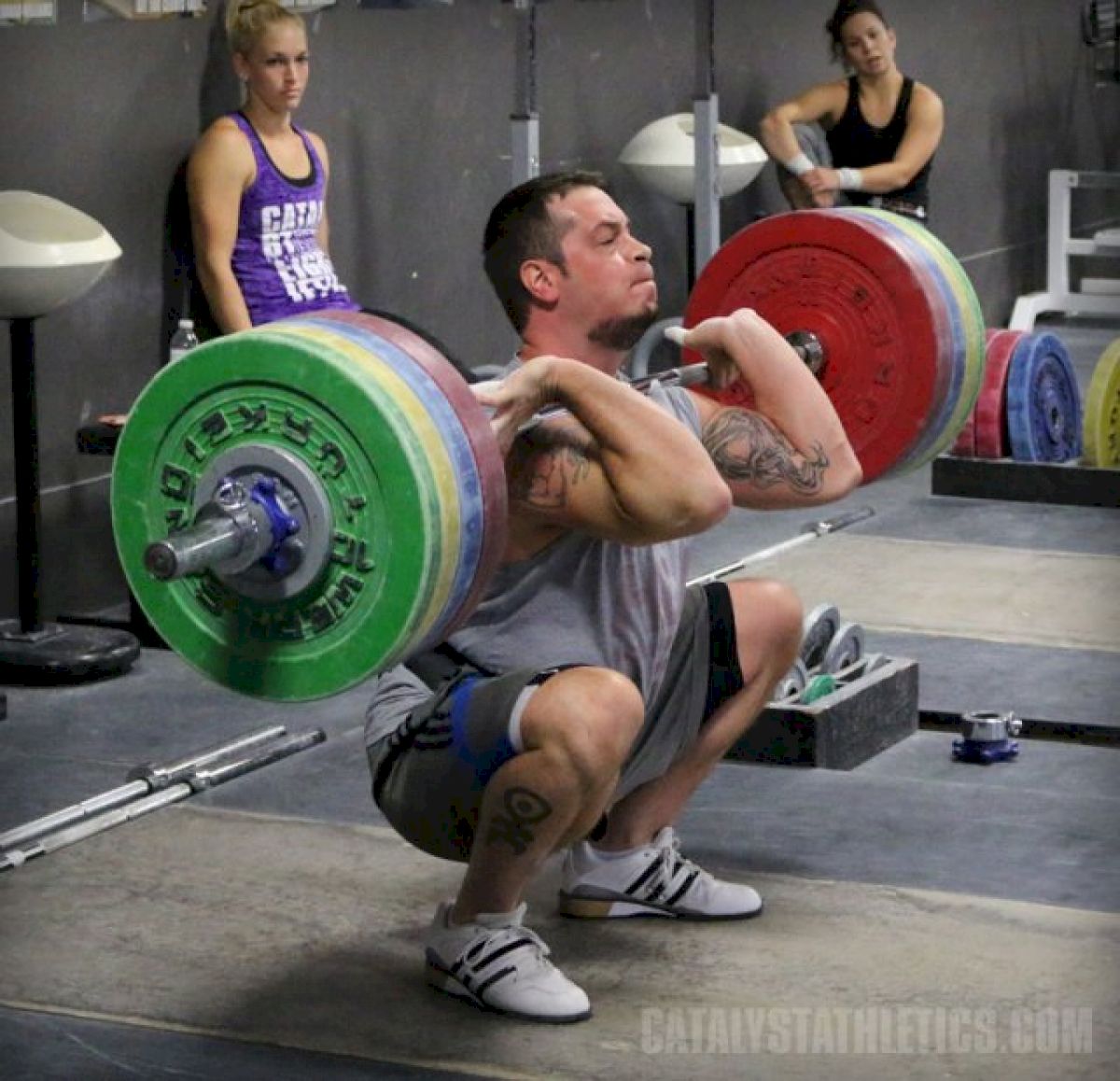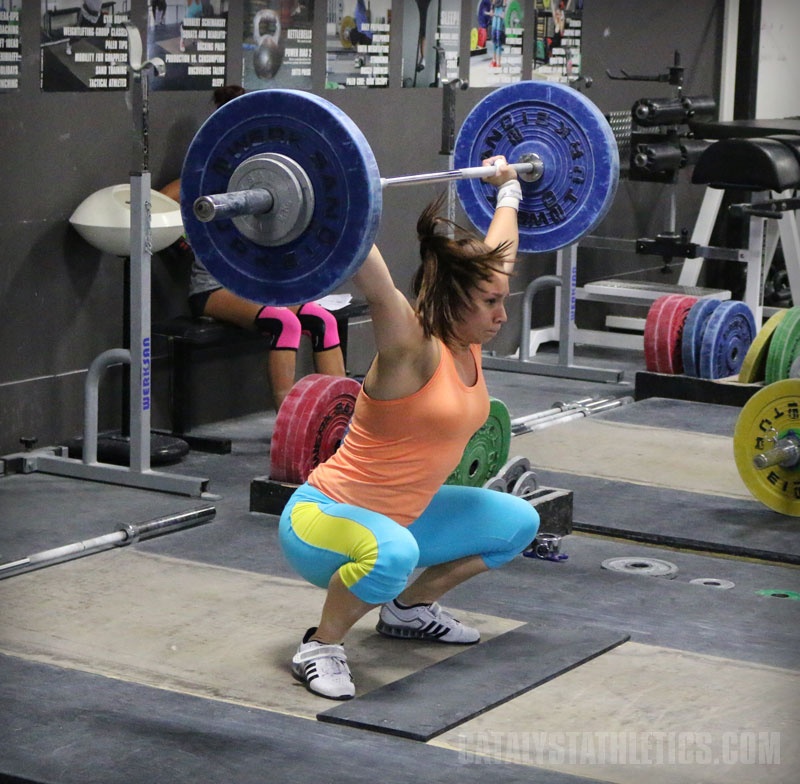Tailoring Training Programs To The Individual Athlete
Tailoring Training Programs To The Individual Athlete


Technique Tuesday With Greg Everett.
Greg Everett is the coach of the Catalyst Athletics weightlifting team and author of the most popular book on weightlifting, Olympic Weightlifting: A Complete Guide for Athletes & Coaches. In this week's technique focus, Everett discusses the importance of strategizing a training plan designed for the specific individual athlete.
I wouldn’t say that weightlifting requires high-volume and frequency training, but certainly it’s a common approach. It’s also important to acknowledge that volume and frequency are relative, and what’s high to one athlete may be moderate or even low for another. Within my own gym I have some lifters who thrive on 400-500 reps per week, while others can handle only 200 or fewer, and this doesn’t always align with age.
The snatch, clean and jerk are more complex than the powerlifting squat, bench and deadlift by orders of magnitude; the degrees of technical skill involved in the two pursuits are not even comparable. I don’t say this to disparage powerlifting or powerlifters in any way, but it’s an unavoidable truth, and it plays a role in training differences. This being the case, it’s obvious that in order to master the competitive lifts, far more time and far more quality reps in the competition lifts must be performed by the weightlifter than the powerlifter. Weightlifting is a unique sport in that the lifts inextricably link the motor qualities of precise movement and timing with strength and speed. Powerlifting has a huge strength component, but minimal skill; something like pitching a baseball has a huge skill component, but minimal strength. People are not usually resistant to the idea of a baseball pitcher throwing a lot of balls in a day, week, month or year, because the need to practice the skill is obvious. The skill of weightlifting is not as obvious because most people are viewing it from a perspective largely shaped by history with bodybuilding and powerlifting training.

Next, there is an issue of adaptation. Anything you do that is a sudden and significant increase in volume, intensity or frequency is going to hurt. The key is that elite weightlifters didn’t begin training 6 days a week with 600 reps; the best of the best spend years developing in well-designed programs that allowed them to build the conditioning for this volume of work. Do drugs play a role in many cases? It’s inarguable that drug use will allow you to train heavier with more volume and frequency, but being drug free does not mean you can’t adapt to high volume and frequency (just not as high and not as quickly). You’re able to walk every day without a problem. That’s leg training seven days a week; but you’re adapted to that particular intensity and volume level. The same thing can be accomplished with lifting to a great extent.
The snatch and clean & jerk are less systemically taxing than squats and deadlifts because they’re smaller percentages of a true total body maximal effort, although in many cases, not that much smaller. This alone means they can be done more frequently by anyone. The classic lifts also overwhelmingly train neurological adaptations rather than morphological ones, which also means you’re not waiting around for tissue remodeling between workouts like a bodybuilder. Also, complete recovery between training sessions is not something that the weightlifter is necessary striving for; instead, you’re looking at blocks of training sessions to create a cumulative effect.

Training multiple consecutive days also doesn’t mean that every day is maximal intensity and volume. Day to day volume and intensity should fluctuate to allow some degree of restoration. Even Bulgarian-style purists—including the originator of the system Ivan Abadjiev—use such modulation day to day.